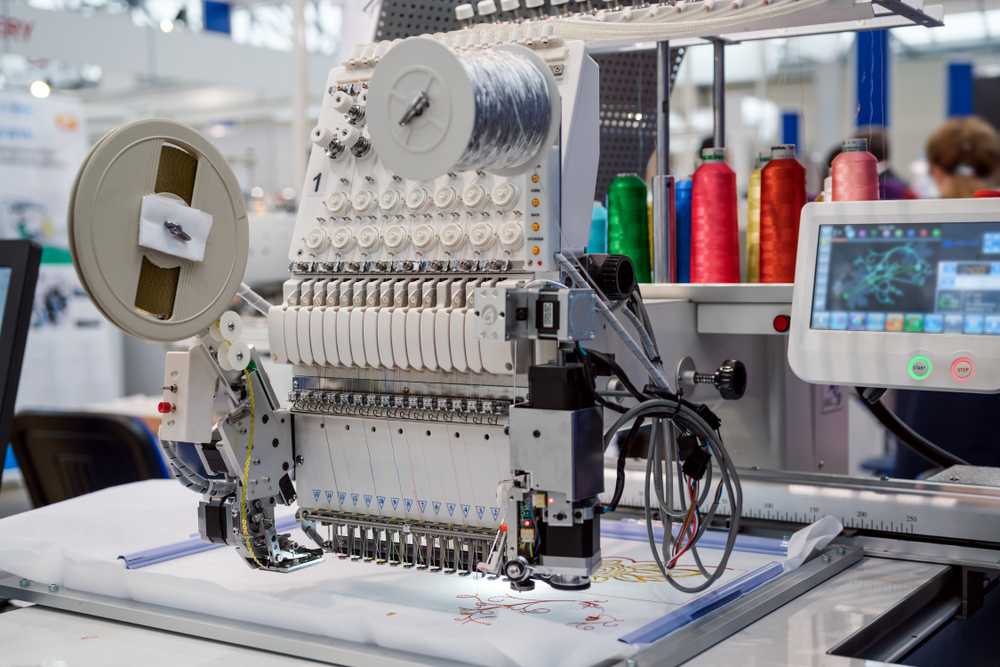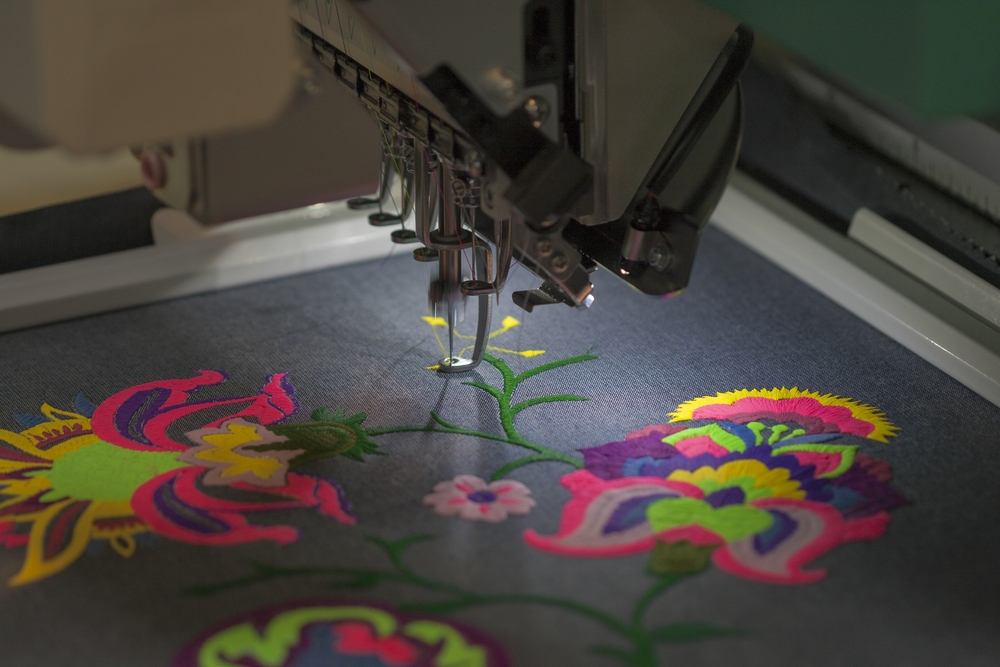Ideal Digitizing for Embroidery: Enhance Your Tasks
Ideal Digitizing for Embroidery: Enhance Your Tasks
Blog Article
Mastering the Needlework Digitizing Refine: Your Ultimate Guide
Needlework digitizing is a careful craft that requires precision and proficiency to convert intricate styles right into electronic formats for maker needlework. As artisans start this journey to understand the embroidery digitizing procedure, a thorough understanding of the basics establishes the structure for excellence. Past the basic understanding exists a world of innovative software program, specialized devices, and nuanced techniques waiting to be explored. By diving right into the nuances of digitizing, one can open a globe of innovative possibilities and raise their embroidery jobs to new heights.

Comprehending Embroidery Digitizing Fundamentals
Needlework digitizing fundamentals develop the structure upon which complex styles are converted right into machine-readable layouts for accurate stitching. This initial action in the embroidery digitizing process is crucial for ensuring that the last stitched item is a loyal depiction of the original style. Comprehending embroidery digitizing basics entails grasping key concepts such as stitch kinds, sew instructions, density, padding, and draw settlement.
Stitch types play an important role in determining the aesthetic and textural end result of the stitched style. By selecting the appropriate stitch type, whether it be satin, fill, or running stitch, digitizers can attain the desired impact and enhance the general top quality of the embroidery. Additionally, sew instructions influences the circulation and dimension of the layout, while thickness figures out the spacing and protection of the stitches.
Furthermore, padding stitching provides security to the design by securing the textile and stopping distortion throughout the embroidery procedure. Pull settlement is one more vital consideration to neutralize the natural propensity of material to contract when sewn. Mastering these needlework digitizing essentials is essential for creating professional-quality stitched products.
Picking the Right Digitizing Software
Choosing the ideal digitizing software is a crucial decision that significantly affects the performance and high quality of the needlework digitizing process. Digitizing for Embroidery. When selecting the ideal digitizing software program, it is necessary to take into consideration factors such as the complexity of styles you intend to develop, the user-friendliness of the software, the level of client assistance supplied, and the compatibility with your needlework machine
There are various digitizing software options offered out there, varying from standard programs for beginners to advanced software application for expert digitizers. Some prominent options include Wilcom EmbroideryStudio, Hatch Needlework Software Program, and PulseID. These software supply a wide range of devices and attributes to aid you develop detailed layouts easily.
Prior to making a choice, it is suggested to discover the various software application options through free trials or trials to establish which one finest matches your requirements. Furthermore, reading testimonials and looking for referrals from you could try this out experienced digitizers can supply valuable understandings into the strengths and weak points of each software program bundle (Digitizing for Embroidery). By thoroughly evaluating your needs and comparing the features of various digitizing software program, you can make an educated choice that boosts your embroidery digitizing workflow
Digitizing Devices and Techniques

Optimizing Style Settings for Needlework
Grasping the intricacies of style settings is you can try these out basic in attaining optimal results in the embroidery digitizing process, building upon the structure laid by recognizing digitizing devices and strategies. When maximizing layout settings for needlework, it is important to take into consideration aspects such as stitch type, thickness, rug, draw compensation, and enrollment. Registration setups straighten various components of the design precisely, maintaining total style integrity.

Troubleshooting Common Digitizing Issues
When encountering common digitizing problems throughout the embroidery procedure, it is vital to recognize the source and implement reliable options immediately. One typical trouble is stitch thickness concerns, where stitches might be also dense, creating the textile to pucker, or also sparse, causing spaces in the layout. Readjusting the stitch thickness settings in the digitizing software can assist resolve this issue.
Another regular difficulty is thread breaks throughout the embroidery process. This can take place as a result of different factors such as inaccurate stress settings, boring needles, or utilizing low-quality thread. Guaranteeing correct maintenance of the needlework machine, consisting of routine needle adjustments and stress modifications, can minimize the occurrence of thread breaks.
In addition, design enrollment mistakes can result in misaligned components within the embroidery layout. Checking the style placement in the digitizing software program and making essential changes prior to sewing can aid in preventing this problem. By attending to these common digitizing concerns without delay and efficiently, you can ensure a smoother embroidery see this procedure and premium ended up items.
Conclusion
Finally, understanding the embroidery digitizing procedure needs a strong understanding of the essentials, the appropriate option of software application, and expertise of devices and strategies. Optimizing layout setups and repairing typical digitizing problems are important action in making sure top quality embroidery outcomes. By following these actions carefully, one can accomplish accuracy and performance in the digitizing process.
Report this page